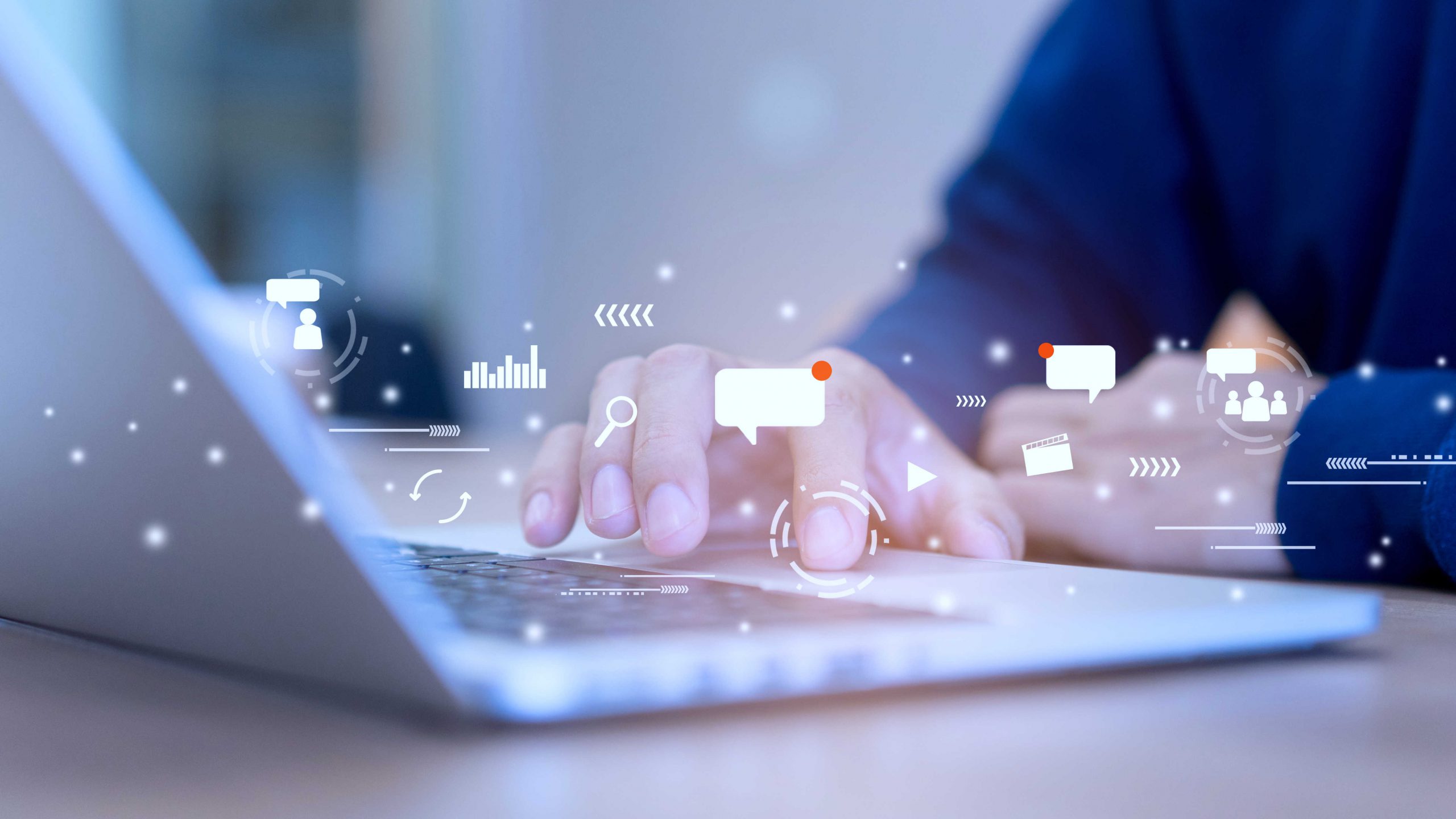Social media are part of our daily life: can they also influence the pharmacovigilance sector? This is the theme of a lively debate at the European Pharmacovigilance Congress between Davide Bottalico, Takeda Italia’s Digital Healthcare and Innovation Director, and Valentina Mancini, Associate Director Pharmacovigilance and Deputy EU-QPPV of Shionogi. Here are the topics of their intervention.
Social listening
The GVPs state that any adverse event collected from any source must be reported. Therefore, it follows that social media and messaging services are included. Nowadays people talk freely on social channels and so it becomes necessary to do social listening, that is to listen to online sentiment. In fact, useful information can be found also for pharmacovigilance purposes from discussions about adverse events.
Dashboard analytics
Intercepting posts or fragments of conversations useful for pharmacovigilance is not, however, so simple. For this reason, new technologies are emerging, such as Automatic Social Listening, based on an algorithm able to extract the information just published. Even the development of these tools becomes, however, increasingly difficult because of the continuous evolution of social media, which tend to propose a shorter post duration with content as much as possible in real time.
Enterprise social networks
Other evolving social media involves companies: in fact, there are more and more social networks dedicated to internal corporate communication, such as Yammer. In pharmaceutical companies, where employees have the responsibility to report their adverse events, the use of social media can have an even higher purpose, but it is good to remember that having shared some information on this channel does not mean that the reporting activity has been complied.
Apps
The use of third-party apps is a valid solution for collecting adverse events reported in social conversations. However, it is necessary to manage privacy issues: in the “Terms of use”, clauses must be provided to inform the user about the possible transfer of data to the pharmaceutical company. In addition, if the user is a Health Care Professional, he/she must be aware that he/she could be contacted by the pharmaceutical company for FU.
Chatbots
Chatbots are increasingly popular, they are automated online messaging services to provide 24/7 support. Since the chatbots are completely tracked, a screening activity can be conducted for pharmacovigilance purposes and, if the amount of data contained in the conversation is too large, both automated search tools, and algorithms that can recognize an AE and other useful information can be used. For a conscious use of the chatbot both a disclaimer that reminds the user who is chatting with an automatism, and a message that provides the reference contact for pharmacovigilance are needed.
In conclusion, the new technologies certainly allow greater efficiency in the collection of adverse events. However, the workload of the pharmacovigilance team increased due to the growth of the amount of information, which, although collected by social networks through apps, chatbots and algorithms, must still be traced back to an expert human presence for an in-depth analysis. Although the synergy between technological innovation and pharmacovigilance made great strides, the digital team must have pharmacovigilance in its DNA, in order to balance digital creativity with GVPs.







